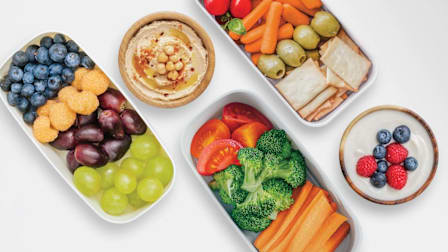7 Asian Vegetables to Try Now
These tasty and nutritious vegetables from Asia add variety to your plate
Like broccoli, cauliflower, and kale, many leafy vegetables native to Asia belong to the cruciferous family, and have the same potential to lower cancer and heart disease risk. The non-leafy ones, like edamame and daikon, also add a healthy dose of vitamins and minerals to your diet.
Find Your New Wok
See the best woks from CR’s tests.
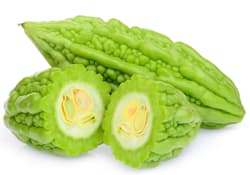

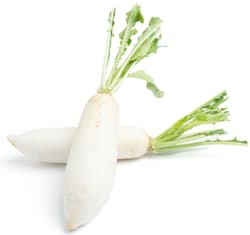
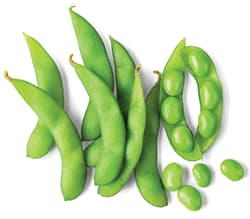
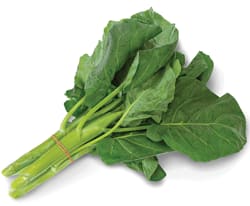
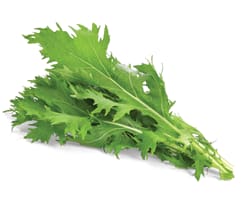
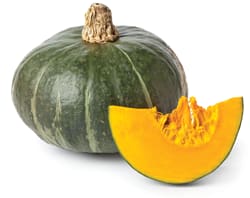
Editor’s Note: A version of this article also appeared in the May 2021 issue of Consumer Reports On Health.

















